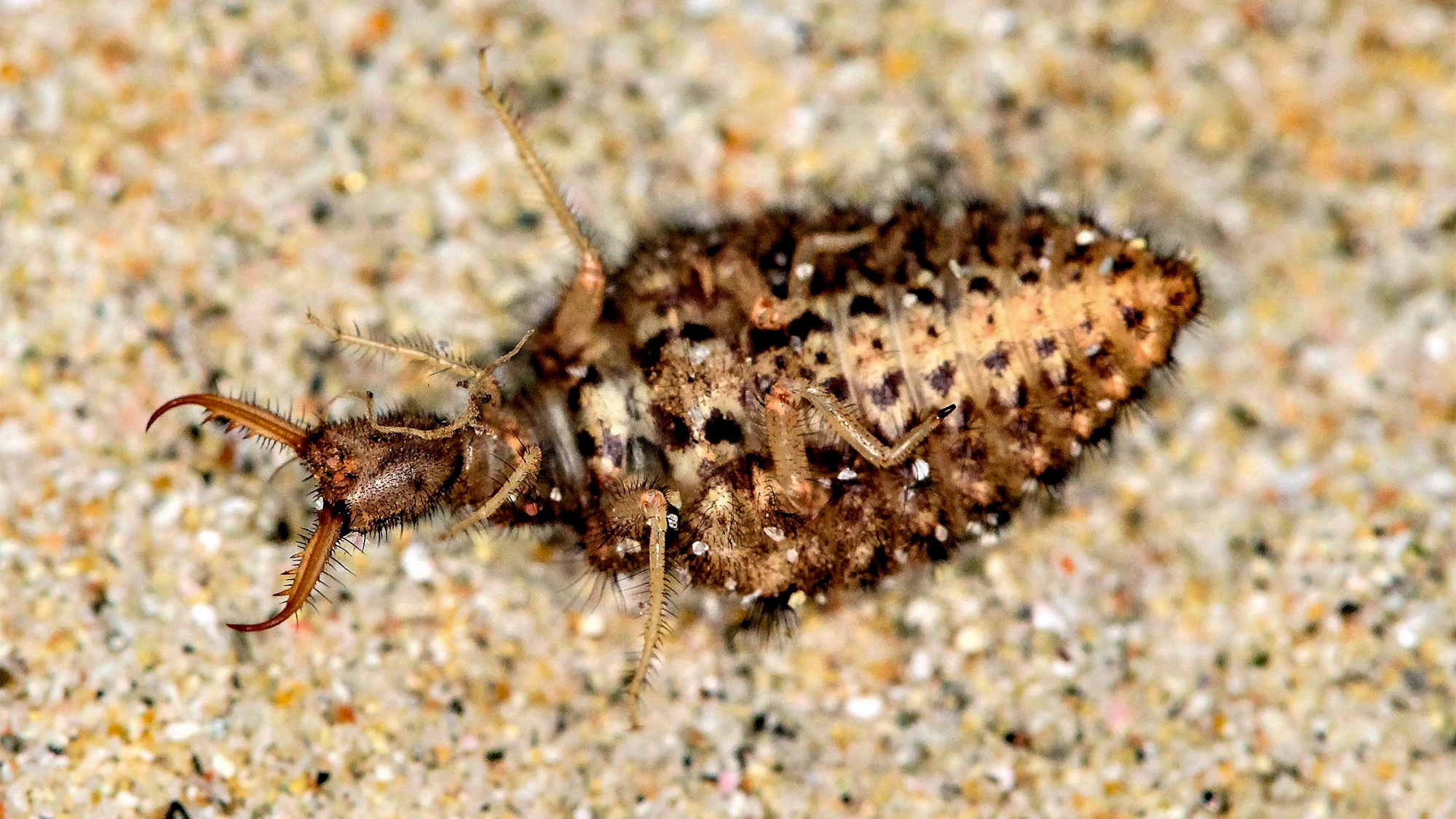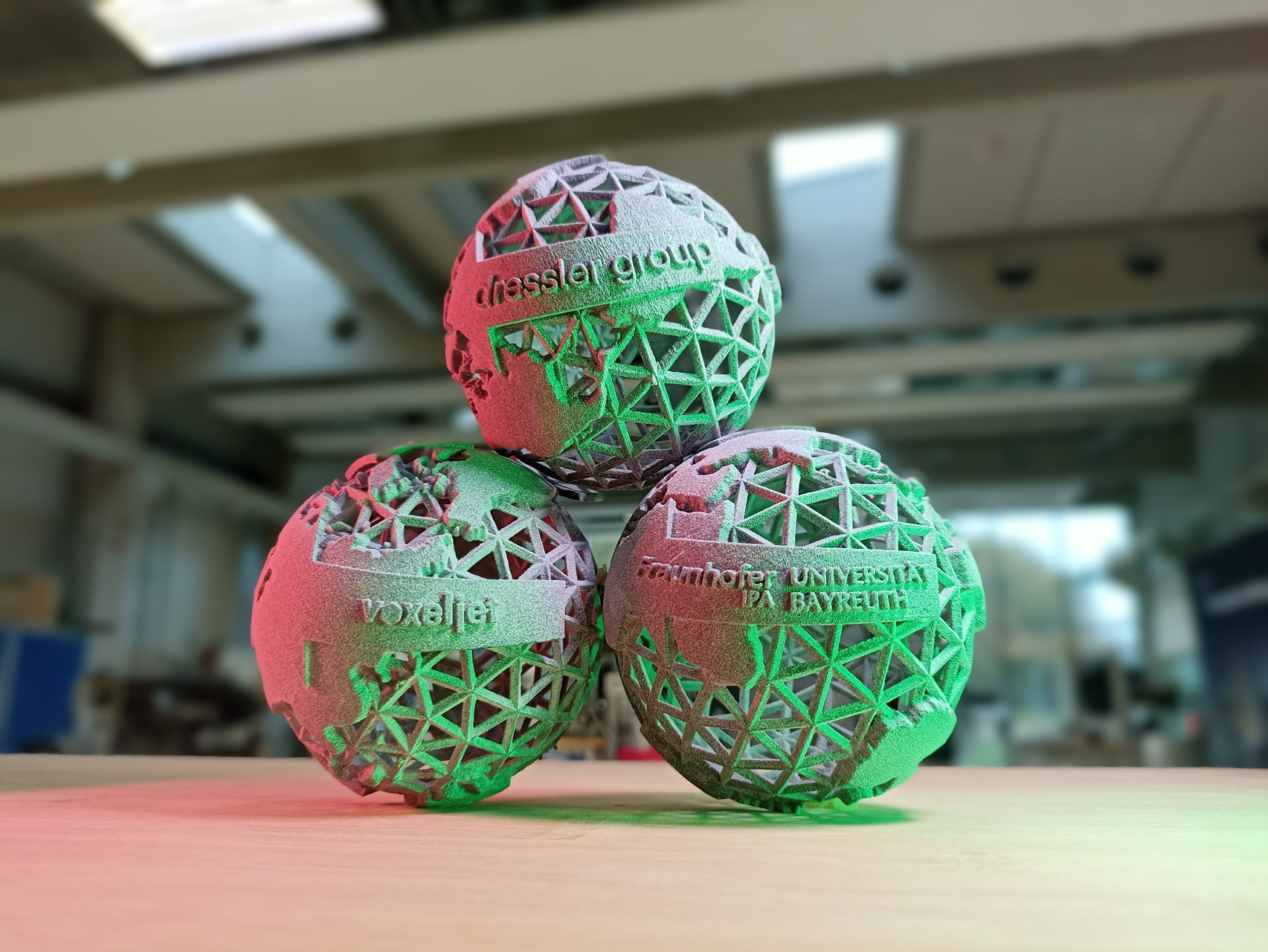Antlion Larvae: Playing Dead, Then Getting Random

Antlion larvae, known for their voracious appetite for ants, have a surprising trick up their sleeve when faced with a predator: they can "play dead" for over an hour. But what happens after this prolonged act of deception? A new study published in PLOS ONE reveals a fascinating, and seemingly random, aspect of this behaviour.
The research, conducted by scientists at the University of Bristol, examined the actions of antlion larvae (Euroleon nostras) after they had entered a state of immobility, often referred to as "post-contact immobility." This behaviour, common in various animal species, involves feigning death to deter predators.
The study found that while the duration of this "playing dead" period was highly variable and unpredictable for individual antlions, the overall pattern of immobility was remarkably consistent across the group. This surprising phenomenon, likened to the unpredictable behaviour of radioactive atoms, suggests that the "playing dead" strategy is not merely a random act but a carefully honed survival tactic.
The scientists used automated video tracking to observe the larvae's movements on different substrates, simulating the varied environments they inhabit. They discovered that the antlions' escape behaviour after their "death feign" was heavily influenced by the surrounding environment, with some burrowing deeper into the sand while others sought refuge in a top layer. This adaptability highlights the importance of context in determining their post-immobility actions.
The unpredictability of their immobility duration, the researchers argue, plays a key role in the antlions' survival. It prevents predators from accurately predicting when the larvae will move again, thus increasing the chances of a successful escape. The researchers believe that this "playing dead" strategy, coupled with their context-dependent escape behaviour, has evolved as an effective means of survival.
The study, however, raises further questions about the intricate relationship between predator-prey interactions and the unpredictable nature of animal behaviour. Future research is needed to explore how factors like the predator's type, the substrate's properties, and the larvae's individual characteristics influence their "playing dead" strategies.
The findings underscore the importance of exploring the complexities of animal behaviour, particularly in the context of predator-prey dynamics. This research sheds light on the remarkable adaptability of antlion larvae, highlighting the multifaceted nature of their survival strategies. Further research into this fascinating behaviour could lead to a deeper understanding of the intricate interplay between predator and prey, and the role of unpredictability in ensuring survival.





